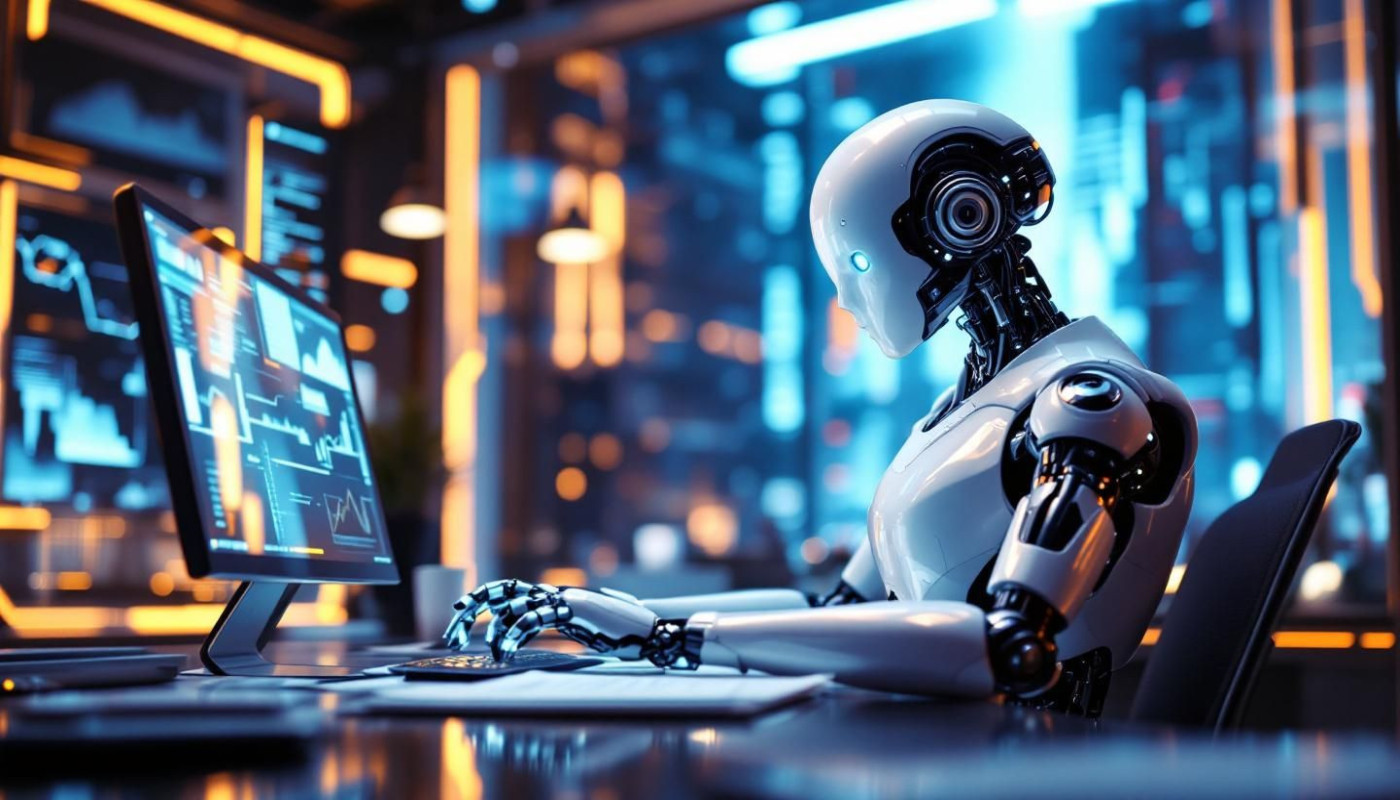Table of contents
The integration of artificial intelligence into the creative industries marks a transformative era where the boundaries of innovation are continually redrawn. As image generation capabilities evolve, the implications for artists, designers, and content creators are profound and multifaceted. This exploration seeks to unveil how AI's sophisticated algorithms are not only changing the landscape of visual media but also raising questions about creativity, originality, and the future of human-artistic expression. Delve into the pivotal role AI is playing in the creative sectors and discover the exciting and sometimes controversial advancements it brings.
The Renaissance of Visual Arts
The infusion of AI in art, specifically through image generation, is catalyzing a profound transformation in the visual arts sphere. Artists now wield the power of Generative Adversarial Networks (GANs) to conjure up complex visual pieces that would traditionally demand an immeasurable amount of time and skill to craft by hand. This technological advancement is not just a catalyst for efficiency but a beacon for artistic innovation, as it pushes the boundaries of what can be visually represented. The role of AI as an instrument in the visual media evolution is multifaceted; it is expanding the horizons of creativity, offering artists a novel palette to experiment with. In doing so, creative AI acts as an extension of the artist's vision, enriching the creative process rather than seeking to supplant the irreplaceable ingenuity of the human spirit. This synergy between artist and algorithm is forging a new age for visual arts, one where the possibilities of expression are as limitless as the imagination itself.
Revolutionizing Graphic Design
The advent of AI in the realm of graphic design has been nothing short of transformative, reshaping the landscape of creative workflows. With the integration of machine learning algorithms, AI has become a pivotal asset in design automation, expediting processes that were once labor-intensive and time-consuming. By automating repetitive tasks, it enables designers to focus on more innovative aspects of their projects, greatly enhancing productivity and creativity. In personalized design, AI tailors experiences to individual preferences, offering a level of customization previously unattainable.
Moreover, AI workflows have streamlined the conceptualization to execution pipeline, allowing data-driven design decisions that align more closely with market trends and consumer behaviors. The iterative design becomes less daunting as AI can generate a plethora of iterations swiftly, testing out various aesthetics and layouts in a fraction of the time it would take manually. This rapid prototyping not only accelerates the design process but also fosters an environment where experimentation and optimization thrive.
For those curious about the pioneering advancements of AI in image generation within the creative industries, further insights and examples of this technology in action can be linked here, showcasing the incredible potential AI holds for the future of graphic design.
Transforming the Film and Animation Industry
The integration of AI in filmmaking is revolutionizing the way animated films are produced. Particularly in the realms of storyboarding and character design, AI is playing a pivotal role. AI storyboarding tools are enabling creators to visualize scenes and sequences effectively, dramatically speeding up the pre-production phase. When it comes to character generation, neural networks are capable of conceptualizing diverse and complex character models, pushing the boundaries of creativity. Moreover, setting creation benefits from AI's ability to generate detailed environments, adding depth and realism to the animated worlds. These advancements in AI are not merely artistic; they also usher in cost-effective animation by reducing both production costs and the time traditionally required to bring animated stories to life. With AI's continued evolution, the film and animation industry stands at the cusp of a new era of efficiency and creative possibility.
Challenges and Ethical Considerations
The advent of AI in image generation presents a myriad of ethical concerns that cannot be overlooked. At the heart of the debate lies the issue of copyright and the protection of intellectual property rights. As AI algorithms learn from existing art to create new images, the line between inspiration and infringement becomes blurred. Authentic creativity, which is the cornerstone of artistic expression, is now in question as the distinction between human and machine-generated art grows fainter. Another pressing issue is the job security in art, as AI's capability to produce artwork at a staggering pace threatens the livelihood of traditional artists. It is thus of paramount significance that the creative industries establish ethical guidelines to navigate this new terrain. These guidelines must address how AI-generated art is attributed to ensure that the rights of human artists are not usurped by the machines that learn from them. As we explore the vast potential of AI in art, maintaining a balance between innovation and the respect for original creation is imperative.
The Future of Collaboration Between AI and Creatives
As we stand on the cusp of a new era in human-computer interaction (HCI), the potential symbiosis between AI and human creatives suggests a future ripe with promise. In this envisioned collaborative ecosystem, artificial intelligence is not a replacement for human ingenuity but a catalyst for augmented creativity. The blend of AI's computational prowess with human sensitivity and conceptual depth could lead to forms of art and design that are currently unimaginable. One of the most compelling aspects of this partnership is the prospect for AI to democratize design, effectively leveling the playing field by making sophisticated art tools accessible to non-professionals. This access could unleash a wave of innovation and inclusivity in creative expression. As a result, we may witness a surge in diverse artistic voices contributing to a richer, more varied cultural tapestry. By enhancing and expanding the capabilities of human artists, AI-human collaboration holds the potential to transform the landscape of creative industries and redefine the boundaries of what is artistically possible.
Similar


